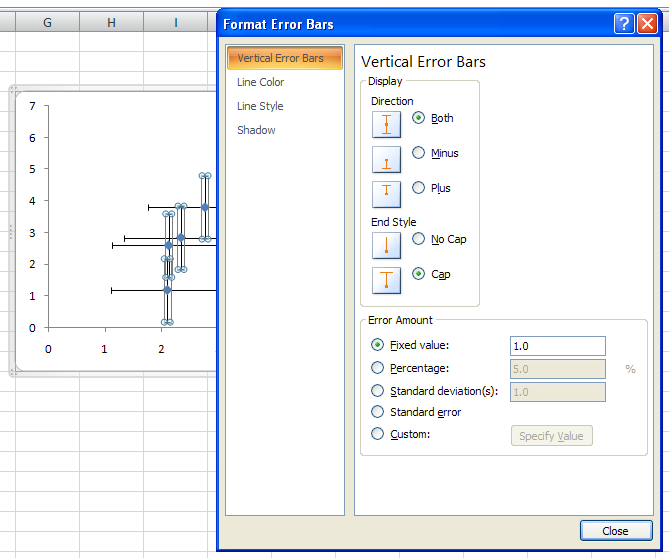

Once you get the hang of it, you’ll probably discover that the Resource Graph is the traditional histogram view showing resource allocation, cost, and the work over time. Then, once you’ve located a resource that has been overallocated, click the Go to Next Overallocation button (found on the Resource Management toolbar). The red print indicates an overallocated resource. First, use the lower left horizontal scroll bar to locate a resource printed in red text.

But, once you get your bearings, the Resource Graph is a very handy histogram. The bars are big and it can take an eon to locate overallocations. New Resource Graph users sometimes find the Resource Graph view to be slightly overwhelming. Both of these methods allow you to access the Timescale dialog box where you can modify each of the three timescale tiers and their display. Alternatively, you can right-click the timescale and choose Timescale from the shortcut menu. To modify the timescale, just double-click it. Plus, the Resource Graph has a modifiable timescale with three tiers at the top. On the Resource Graph, overscheduled resources are displayed on the left in red text with associated red graph bars on the right. The best part of Resource Graph view lies in your ability to quickly see which resources are allocated so you can make scheduling adjustments. When you display the Resource Graph view, you will see allocated work hours for an individual resource. This view is shown in Figure 3 and is easily accessible from both the View bar and the View menu.

Click here to read part one of this two part series.Ī great histogram view can be found in the Resource Graph.


 0 kommentar(er)
0 kommentar(er)
